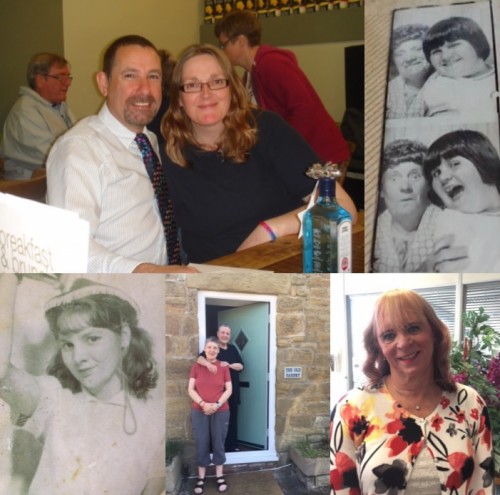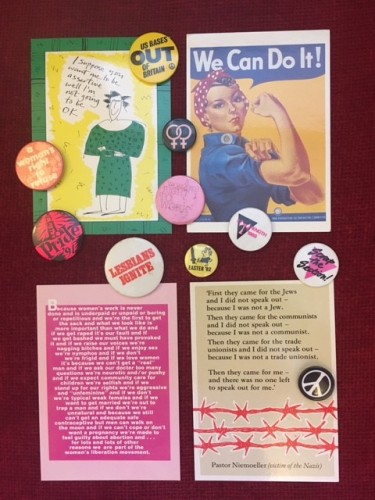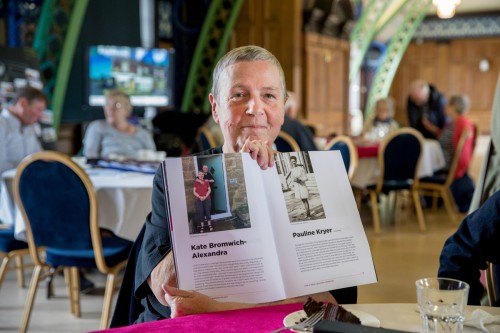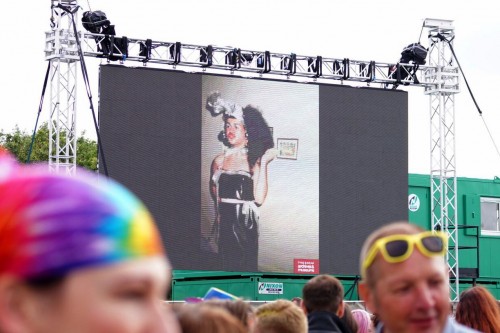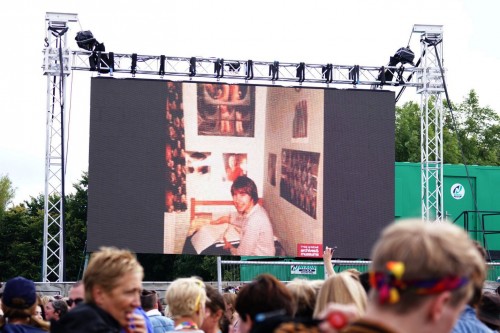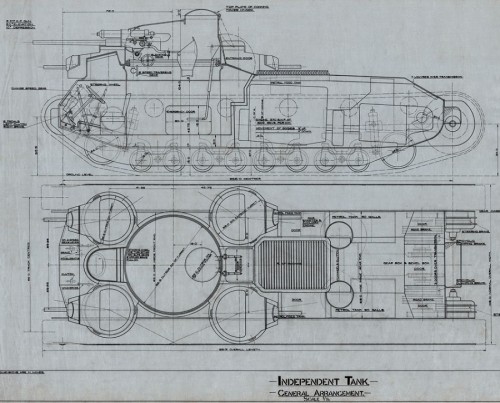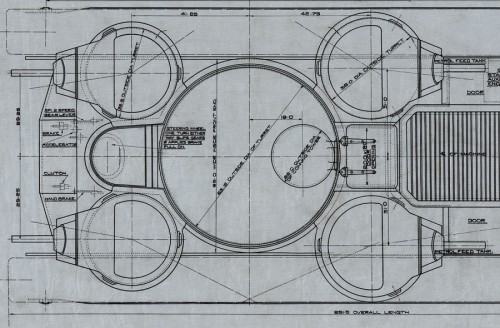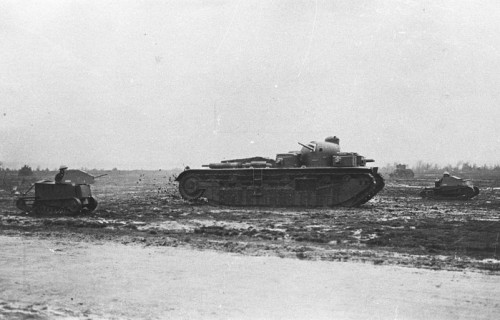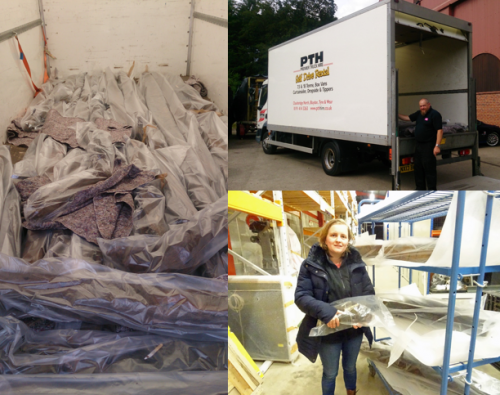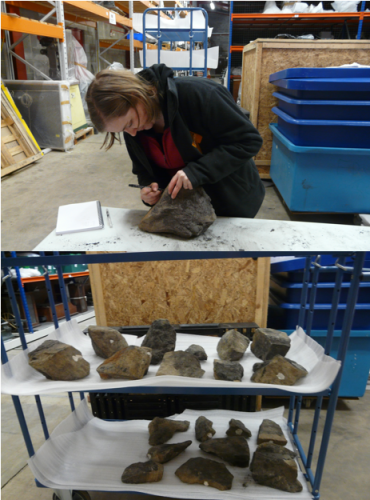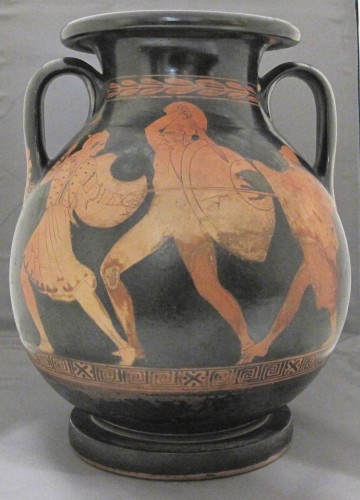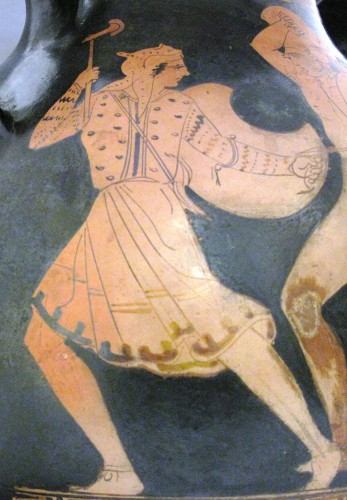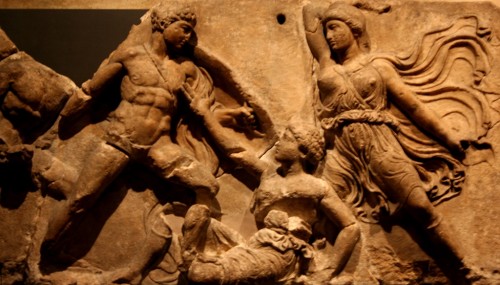
The pick of the best summer events from Must-see Museums
There are lots of things to keep the kids entertained over the school holidays at Tyneside’s museums and galleries. We’ve rounded up our pick of the best to help you plan those long summer weeks.
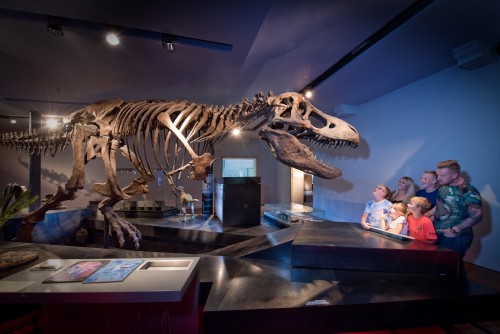
A family day out at Great North Museum: Hancock. Credit and Copyright ©: Colin Davison
Skip to:
Weekday treats
Weekend events
Summer schools
Weekly drop-in events
Relaxed sessions for children with additional needs
Venue details
Weekday treats
Ideas for parents, grandparents and child-minders who need to entertain the little cherubs through the week.
Animal Yoga at Great North Museum
Thursdays 3, 10, 17 & 24 August
Join Georgina and Albany the Great North Mouse for some ‘Animal Yoga’ for young children and their families. Move and stretch your bodies into different shapes to create and learn about different animals. Find out more
Big Birthday Bash at The Shipley Art Gallery
Thursday 27 July
A fun-filled family crafty party to celebrate the Shipley Art Gallery’s 100th Birthday. Jam-packed with activities, families can get hands on in creative crafts and artist demonstrations. Find out more
Magic School for Mini Magicians at Discovery Museum
Thursday 27 July
These magic workshops will take you from muggle to magician in no time at all. Each trainee will receive all the tools to master sleight of hand, card tricks, mathematical magic, illusion and misdirection. Find out more
Something for the Weekend
Ideas for busy families who want to make the most of their summer weekend
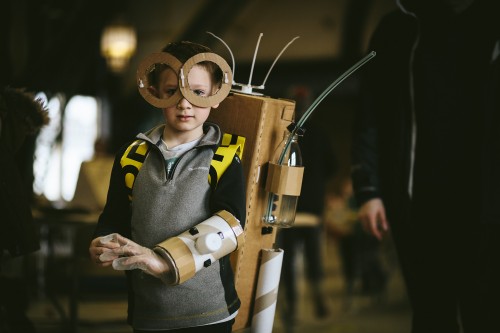
Cardboard Wizardry with Lottie Smith
Cardboard Wizardry at Discovery Museum
5-6, 12-13 August & 19-20 August
Spend some time tinkering to create a fantastical invention of your own with guidance from cardboard engineer Lottie Smith. Find out more
Wyld Fire Weekend at Arbeia Roman Fort
Saturday 29 July – Sunday 30 July
Live like Romans with a whole weekend of heritage crafts and re-enactments. Find out more
Hadrian’s Cavalry LIVE at Segedunum Roman Fort
Saturday 5 August – Sunday 6 August
The riders of Hadrian’s Cavalry demonstrate their skills as they set their charges through their paces with mounted and dismounted gymnastics and skills of arms whilst on horseback. Find out more
Wish upon a Star at Laing Art Gallery
Saturday 5 August
Let your child’s imagination take them to faraway lands with Peter and his friends. This event will be filled with music, dancing, art activities, games and prizes. It’s a real treat for the summer holidays. Find out more
Circus Fun and a Little Bit of Nonsense at Laing Art Gallery
Saturday 19 August
Join Marty from Circurama for a fun mix of circus based challenges, with a little bit of silliness thrown in. Find out more
Summer art schools
Save yourself the worry of organising childcare over the holidays by booking a summer school. They are a great way to keep the children’s grey matter ticking over and they are so much fun that they won’t even realise they’re learning.
Inspired by the Laing’s broad collection budding artists will work with a professional arts educator to experiment with a variety of materials and fun art techniques.
Art School for 11-16 year olds
Monday-Friday, 10am-3pm.
24 July – 28 July, 31 July – 4 August & 14 August – 18 August. Find out more
Art Academy for 7-10 year olds
Tuesday – Thursday, 10am-3pm.
25 July – 27 July, 8 August – 10 August, 15 August – 17 August, 22 August – 24 August. Find out more
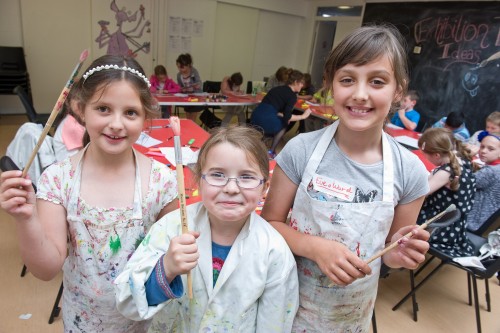
Art Academy at the Laing
Credit and Copyright © Colin Davison
Weekly drop-in events
All of our venues host drop in events each week during the holidays, where all of the family can get involved in something hands-on like arts and crafts or animal handling. They usually have a different theme each week and are great for making your visit a little more interesting.
Mondays
Marvellous Mondays at Segedunum Roman Fort
Tuesdays
Discovery Days at Discovery Museum
Summer Holidays at Great North Museum: Hancock
Tremendous Tuesdays at South Shields Museum and Art Gallery
Wednesdays
Big Wednesdays at Laing Art Gallery
Summer Holidays at Great North Museum: Hancock
Crafty Romans at Arbeia Roman Fort
Thursdays
Discovery Days & PLAY+INVENT at Discovery Museum
Summer Holidays at Great North Museum: Hancock
Get Crafty at The Shipley Art Gallery
Make and Take Thursdays at Stephenson Railway Museum
Saturdays
Family Fun: Potato Pavilion at Hatton Pavilion (outside Laing Art Gallery)
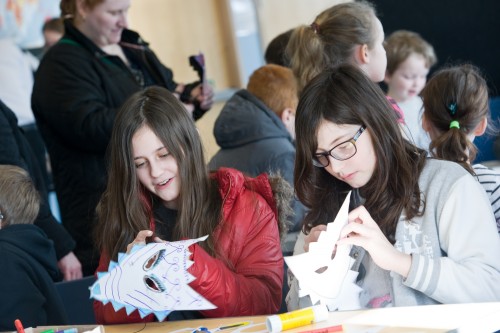
Crafty Romans at Arbeia Roman Fort
Credit and Copyright ©: Colin Davison
Relaxed sessions for children with additional needs
These sessions are more relaxed drop-in sessions and are particularly suitable for children with autism, learning disabilities or sensory and communication disorders, along with their families and carers.
Relaxed Early Opening and Animal Handling at Great North Museum: Hancock
Tremendously Relaxed Tuesdays at South Shields Museum and Art Gallery
Back to the top
Venue details
Arbeia Roman Fort & Museum
Baring Street
South Shields
NE33 2BB
www.arbeiaromanfort.org.uk
Discovery Museum
Blandford Square
Newcastle Upon Tyne
NE1 4JA
www.discoverymuseum.org.uk
Great North Museum: Hancock
Barras Bridge
Newcastle upon Tyne
NE2 4PT
www.greatnorthmuseum.org.uk
Hatton Gallery (currently closed for refurbishment)
Kings Road
Newcastle University
Newcastle upon Tyne
NE1 7RU
www.hattongallery.org.uk
Laing Art Gallery
New Bridge Street
Newcastle upon Tyne
NE1 8AG
www.laingartgallery.org.uk
Stephenson Railway Museum
Middle Engine Lane
North Shields
Tyne & Wear
NE29 8DX
www.stephensonrailwaymuseum.org.uk
South Shields Museum and Art Gallery
Ocean Road
South Shields
NE33 2JA
www.southshieldsmuseum.org.uk
Segedunum Roman Fort
Buddle Street
Wallsend
NE28 6HR
www.segedunumromanfort.org.uk
Shipley Art Gallery
Prince Consort Road
Gateshead
NE8 4JB
www.shipleyartgallery.org.uk
Back to the top
